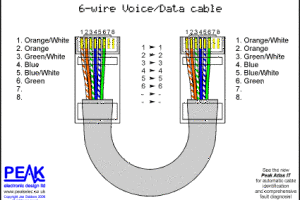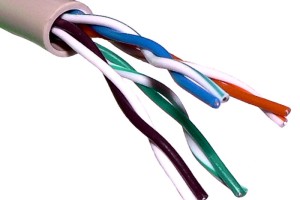Schools Integrating WiFi
With an ever changing world of technology, schools are starting to feel the pressure of being left behind in an age of wireless everything. While some schools are proactive and have incorporated WiFi to try to keep up with the technology curve, many are only now considering the integration of WiFi due to loud and repeated requests from the student body.
Smartphones and tablets have emerged as a new way to educate and learn. They provide easy and immediate access to up to date knowledge and digital resources. They can be a more engaging teaching tool, a hands-on option, and are easily portable and taken away from a traditional desk. However, there is also contention against this idea of wireless learning and everything at your fingertips. Some educators are worried that it is taking away from the individual problem solving process and inhibiting creative thought. Others are worried about the decline of the classic book and dictionary, and the decreasing need for any student to ever get up and walk when they have a whole world at their fingertips.
Regardless of opinion, many schools are considering or have already taken the leap to install a WiFi system. The flexibility and scalability is incredibly helpful for the increasing number of BYOD’s (Bring Your Own Device), and the upkeep and maintenance is much less than for a traditional wired network. There is also the option of automated channel selection capabilities, which allows the school to better manage the high demand peaks caused by BYOD’s. Schools can also configure their wireless network to limit access to certain sites like Facebook or YouTube, to keep students more focused on their studies.
Some school districts are taking the idea of WiFi more mobile, and are equipping some of their school busses with WiFi access. In North Kansas City, schools are currently wiring four busses that are set aside for longer trips and journeys. The busses will have 3-G internet systems and should be able to accommodate up to 32 people using the wireless at one time. The inaugural users will be students who make a daily trip to a career center that takes up almost two hours of their day. The school district is configuring the system so they can decide what the students work on and when. For example, they will make a safety test available one day, and open up a project outline on the next day. This way the students can begin their work before they actually arrive at the career center. The district is also planning to offer programs likeE-Campus learning and SAT, SAT, and AP online prep courses for student use. The cost for this innovation is relatively low at about $700 per bus and only $50 monthly in internet charges.
Schools all over the country and the globe are jumping on the WiFi bandwagon, from Alabama to the United Kingdom. Educators are beginning to realize all the educational options that wireless can offer, and that having it at school might keep some students more interested in continuing their education.




